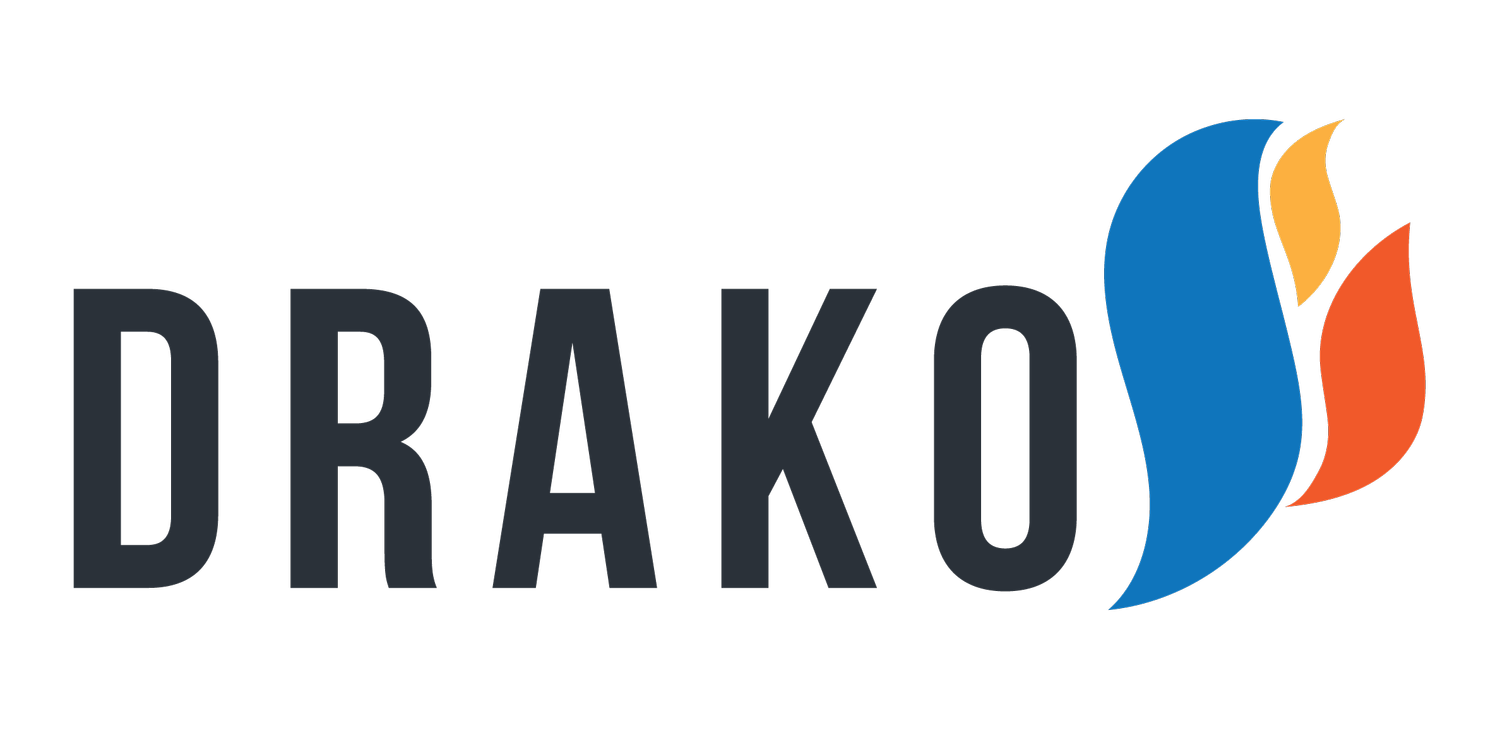Where Does Your Location Data Come From?
Many marketers know that mobile IDs are a great, "cookieless" alternative for addressability, but not as many have a solid understanding of this data's origins. Location data generally consists of information collected about where a user’s device is located (such as longitude and latitude) and time-stamp information. Not all location data is created equal though — there are significant difference between the two primary methods of capturing mobile IDs (bidstream data or SDKs).
The “bidstream” is comprised of a network of advertising requests, specifically those that are involved in delivering ads to mobile devices. When a bid request is made to show a user an ad, all of that user's data gets passed along: The publisher’s url, the device type... and the user's location data. While bidstream location data is easy to collect and scale, it is also often inaccurate and imprecise.
Currently, the best alternative to bidstream location data comes from SDKs, essentially a piece of code that sits inside an app (such as for weather forecasting or mapping directions). This code allows for location data to be collected constantly and consistently. SDK location data is considered to be the most reliable, but many providers are unable to source SDK data at a sufficient scale and resort to supplementing with less-accurate bidstream data. With over 90 billion SDK signals per month, Drako is able to offer access to an enormous, 100% SDK-sourced location database without compromising on quality.
